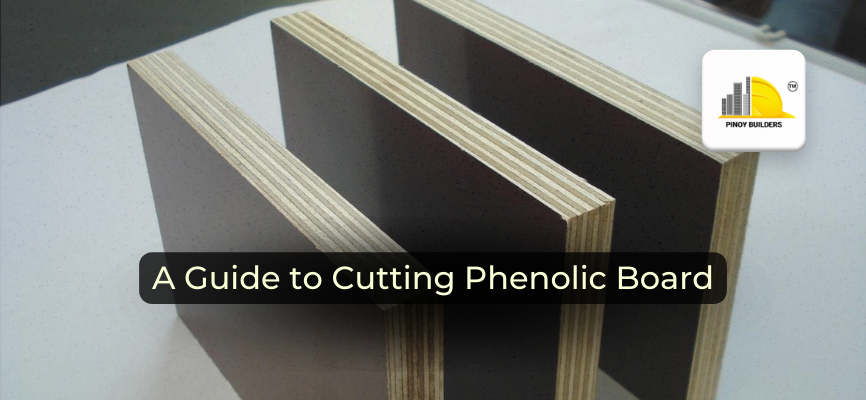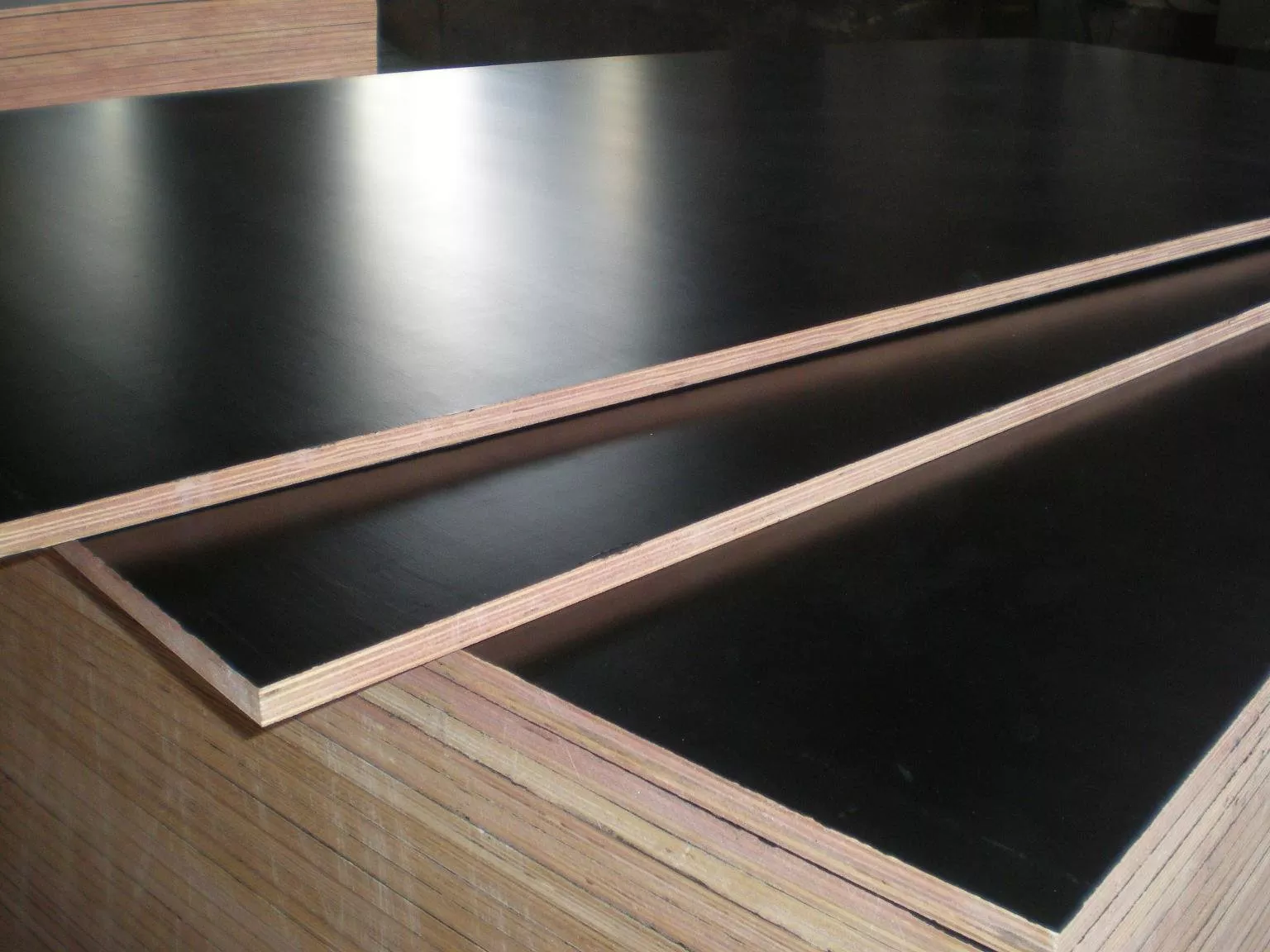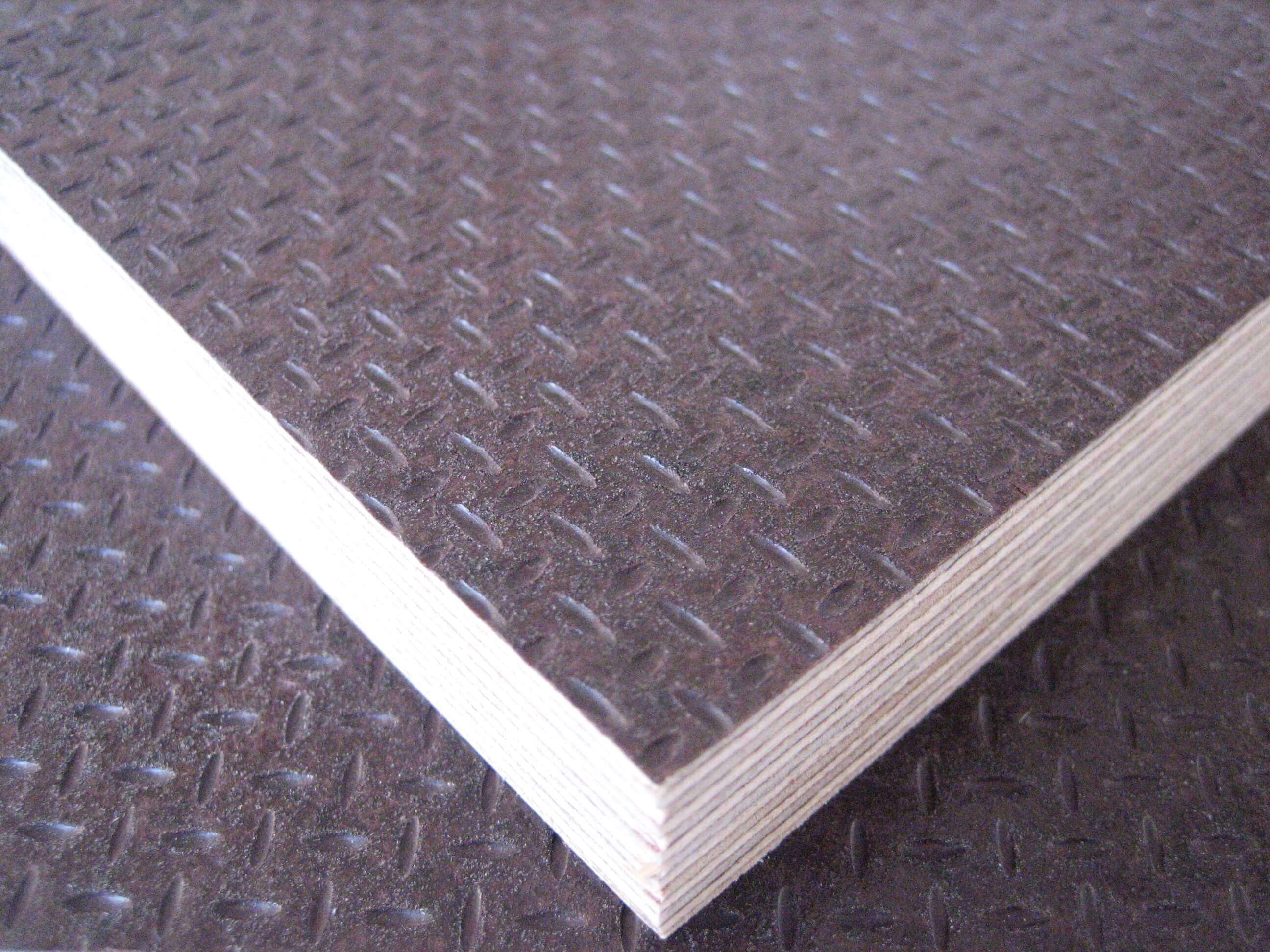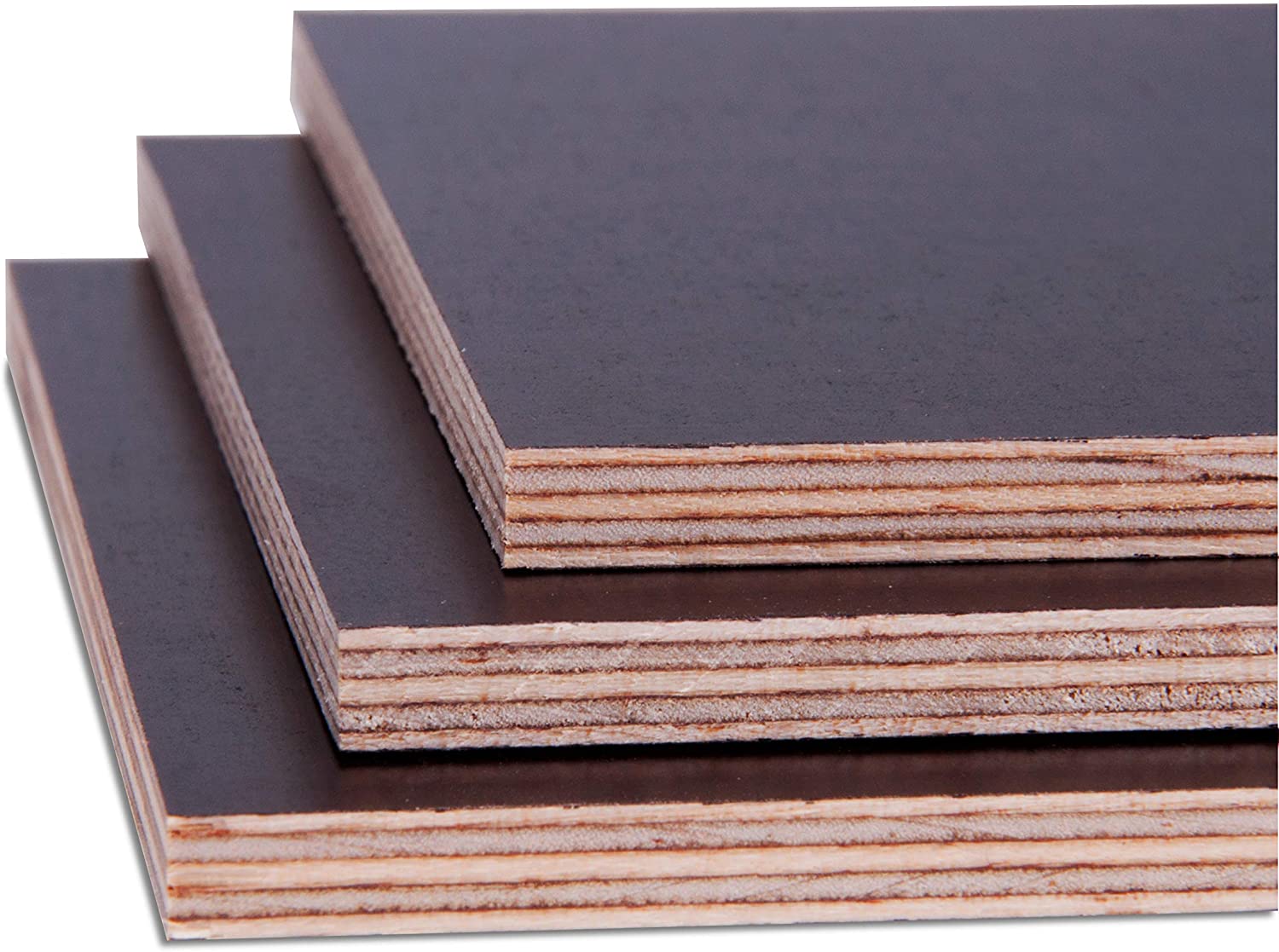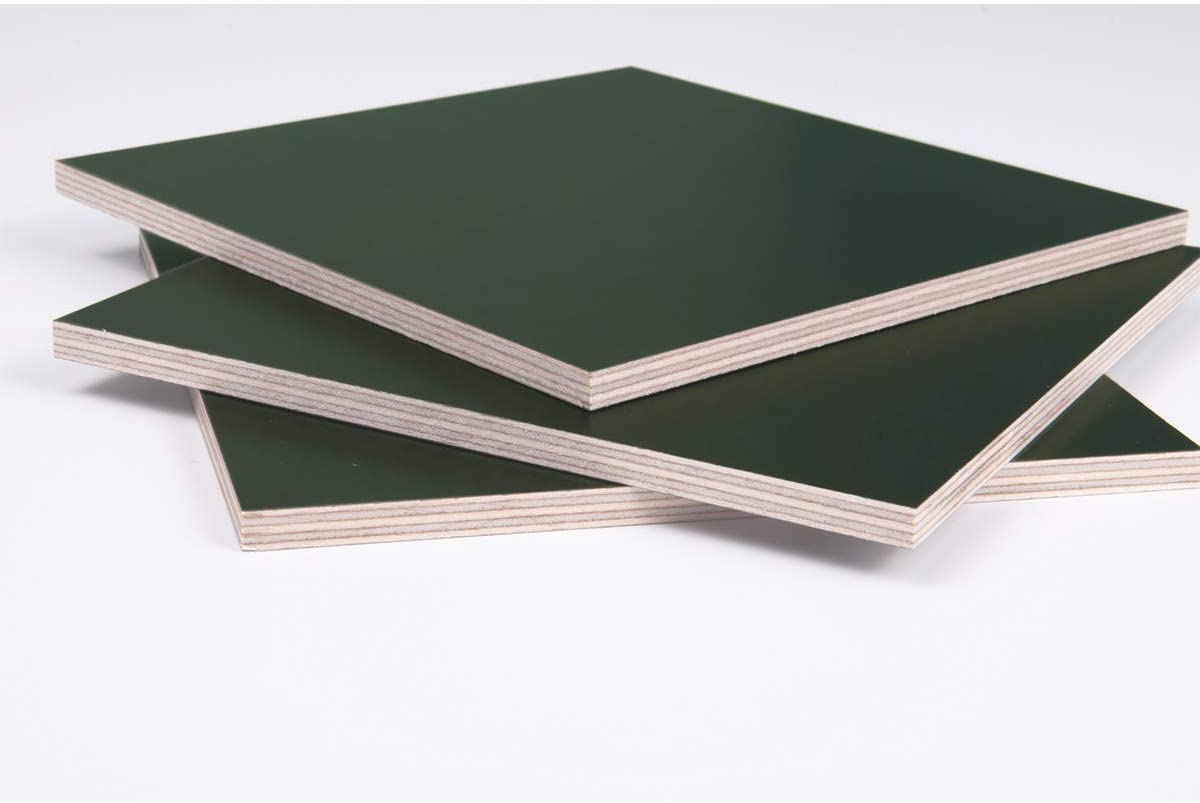The phenolic board is one of the earliest plastics produced and used. There are two varieties of the phenolic board: high-pressure and low-pressure. The low-pressure type is used for a variety of purposes, including countertops. It is bacteria-resistant, easy to clean, and used for other kitchen surfaces in this capacity. Because of its plastic nature, you should be cautious during the cutting process to avoid melting.
Photo Courtesy: Alibaba
- Determine the size of the phenolic board cut area. Sink basins, counter edges, and faucet mounting holes all fall within this category.
- Choose the right tool for the job. A circular saw chop saw, or table saw, for example, is used to cut straight lines. A router is used to create bevelled edges. A drill plus a specialized bit, such as a hole saw or a Forstner bit, can cut holes. You can use a rotary cutting tool for freehand work or missing holes. Saws with carbide tips should be made of high-speed cutting steel. A chop saw equipped with a diamond or ceramic abrasive can also perform wet-cutting.
- Cut the phenolic board slowly to avoid melting the wax. Look for waste shavings that resemble the appearance of wood shavings when chopped with a table saw. You’re cutting too fast if the shavings clump up or seem molten.
When cutting phenolic plywood, there are a few things to keep in mind.
Because phenolic wood is a thermoset rather than a thermoformed plastic, it does not soften or melt throughout the manufacturing process. It will not warp as a result of cutting and shaping. Most cuts will leave a razor-sharp edge you’ll need to sand to avoid harm. Fine dust produced by the process is dangerous if inhaled into the lungs. Use a mask when milling phenolic plywood .
Photo Courtesy: Advanced Technical Panels
As with other types of cabinet-grade plywood, there is no need to tape over a cut line before cutting. The phenolic face veneer’s toughness and consistency prevent chipping, which is frequent with thin face veneers found on luan plywood and cabinet grade plywoods.
This plywood has a stronger resistance to screw pull-out than uncoated plywood because of the hardness and density of the phenolic face veneer. This plywood is fastened, rather than glued together. Edge gluing is an option, but it will only provide a limited amount of structural support. Edge gluing the panels without other fasteners is not recommended.
Because the phenolic faces of the plywood are so thin, you should not sand them. This product is used as is, with no further surface treatment. Only the edges need to be polished.
RELATED: Everything You Need to Know About Phenolic Board
Using phenolic plywood
In the workshop, phenolic board uses are most commonly making jigs, creating fittings, and assembling cabinets. When used as a tool table or fence, the phenolic’s low friction coefficient makes it exceptionally easy to slide workpieces across it.
Photo Courtesy: Amazon
For use in specialist cabinetmaking applications, phenolic plywood is gaining prominence. It doesn’t have the same finishing possibilities as conventional cabinet grade or a hardwood plywood, but it does have a smooth, clean, water-resistant surface with uniform color. The phenolic itself comes in several colors if you can find a decent supplier for it. As a result, phenolic is increasingly used for cabinetry in laundry rooms, garages, and other work areas in homes, workshops, and enterprises.
Phenolic plywood can create a rustic “warehouse” style for furniture or store fixtures, popular in many casual apparel stores and several eateries, while also exceedingly functional and appealing. The natural coloring of the panels avoids the need for painting, while the stability and toughness ensure that the fixtures maintain their good appearances while being resistant to denting, scratching, and chipping.
Phenolic board size
Phenolic plywood is constructed out of many thin veneer layers, just like any other high-grade hardwood or marine plywood. Depending on the manufacturer, a 3/4″ sheet of phenolic plywood is likely to have 13 or 15 layers, but it could have even more. When machined for industrial appearance furniture or retail fixtures, the combination of thin, uniform veneers and a void-free product provides a beautiful edge. Like other cabinet-grade plywood products, it is void-free.
Phenolic board pricing
Photo Courtesy: Amazon
In other countries, phenolic plywood might be challenging to come by. It is, however, worth looking for, particularly for fabricating workshop fixtures and workbenches. If you’re building a router table or a table saw extension, phenolic plywood will provide you with a very smooth and solid top with a low coefficient of friction. In the Philippines, the phenolic board’s price ranges from P900 to P1,500.
RELATED: Phenolic Boards: Strengths and Challengers
Bottomline
Using the phenolic board is like using other types of board. High-speed steel blades and bits cut well on the board, so avoid carbide-tipped saw blades and router bits. The phenolic board’s abrasive nature is brutal on edges, dulling them faster than cutting regular hardwood boards.
CITATIONS:
- “How to Cut Phenolic Plastic Sheets?” Photrio.com Photography Forums, www.photrio.com/forum/threads/how-to-cut-phenolic-plastic-sheets.20285/. Accessed 17 Nov. 2021.
- “How to Cut Phenolic Resin Countertops.” Home Guides | SF Gate, homeguides.sfgate.com/cut-phenolic-resin-countertops-25765.html. Accessed 17 Nov. 2021.
- “Phenolic Panel – What Is the Phenolic Panel?” Spigogroup, 26 Apr. 2013, www.spigogroup.com/en/what-is-the-phenolic-panel/. Accessed 25 Oct. 2021.
- “Phenolic Plywood ⋆ ThePlywood.com.” ThePlywood.com, 21 Dec. 2011, theplywood.com/phenolic.
- “What Is Phenolic Plywood Used For?” Askinglot.com, askinglot.com/what-is-phenolic-plywood-used-for. Accessed 25 Oct. 2021
![]()


